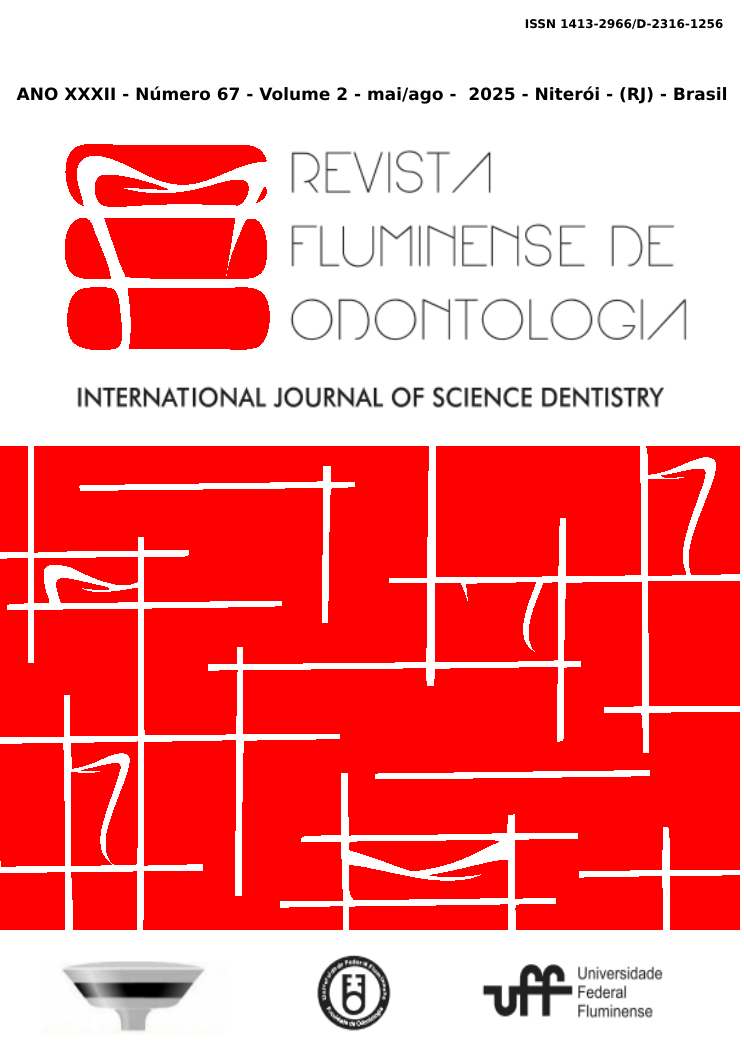Sexual dimorphism in the mandible in a Portuguese population - Predicting the gender for forensic purpose: A pilot study
DOI :
https://doi.org/10.22409/ijosd.v2i67.62521Résumé
This study aimed to assess sex dimorphism in a collection of Portuguese mandibles through a digital metric methodology by using descriptive, inferential, and multivariate statistical analysis to identify which parameters are the most dimorphic and which are the best sex predictors. Thirty-three mandibles (14 females and 19 males) and personal belongings were photographically registered with code and sex. Data was collected using tomography, and measurements were made using the Simplant Pro software. The maximum and minimum width of the mandibular ramus, condylar height, coronoid process height, mandibular symphysis height, mandibular angle, bi-mental, bi-antegonial, bi-gonial and bi-condylar distances, and maximal mandibular length were registered. Statistical analysis was performed using IBM® SPSS. The results showed statistically significant differences for the following parameters: coronoid process height, condyle height, the maximum length of the mandible, and the minimum width of the mandibular ramus. In the multivariate statistical analysis, it was possible to identify the coronoid process height as the best sex predictor accurately in 72.2% of cases. This allows for easier differentiation between female and male mandibles with an accuracy of 64.3% and 78.9%, respectively. It was possible to conclude that the coronoid process height is the most dimorphic parameter and the best sex predictor in the sample.
Keywords: Mandible; Sex dimorphism; Cone Beam Computer Tomography; Biological profile; Forensic diagnosis.


